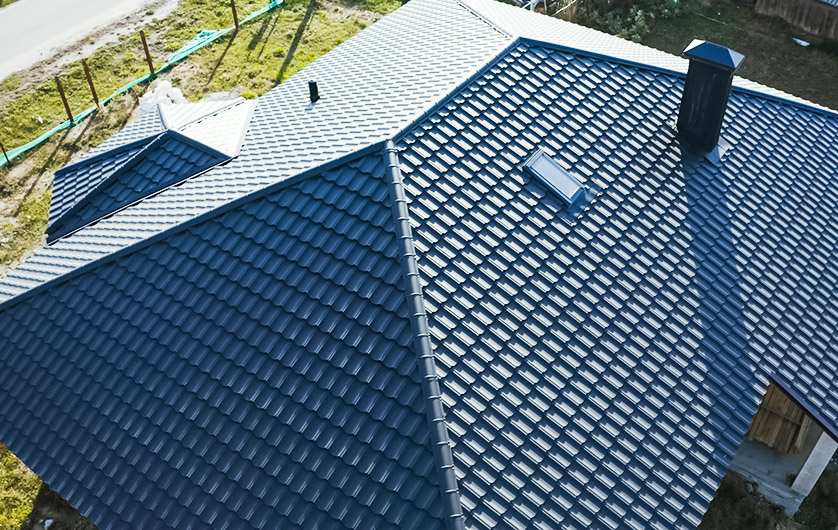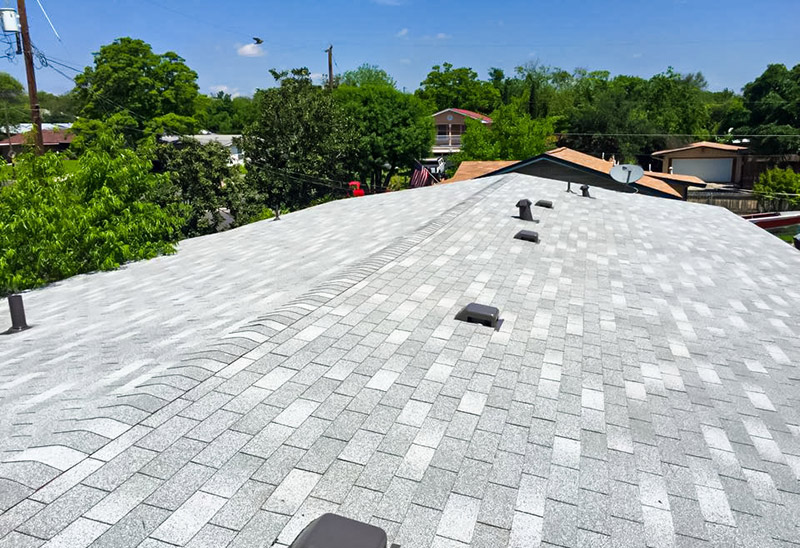Regular inspection of roofs is an important part of property maintenance. The hot and dry climate, as well as the prevalence of extreme weather events, make it essential for homeowners to be aware of potential issues with their roofing system that can cause damage or accidents if not identified and addressed promptly.
Throughout this process, safety must be given highest priority; therefore, necessary precautions must be taken before starting any kind of work on the roof. It is also important to enlist the help of qualified professionals who are knowledgeable about local building codes and regulations as they relate to roofing systems in order to ensure an effective and safe inspection.
This article will discuss what needs to be inspected when looking at a roof in and how these inspections should be carried out. With all this information presented here, readers will gain a better understanding of what needs to look for when inspecting their roof.
Safety Precautions
When inspecting a roof, it is important to take safety precautions. Working conditions can change quickly and the environment may be more dangerous than expected.
It is important to remember that heat exhaustion could occur if proper measures are not taken while working on a hot rooftop. Appropriate clothing should be worn such as light weight long sleeve shirt, wide brim hat and sunglasses. Sunscreen should also be applied generously and often during breaks.
Staying hydrated with water or other electrolyte drinks will help prevent heat exhaustion and dehydration. Additionally, it is important to wear appropriate footwear for traction when climbing ladders or walking on sloped surfaces of the roof.
Taking these safety precautions can reduce risks associated with inspecting roofs during summer months.
Roof Structure

Today’s roofs are complex and multi-layered structures that offer protection from environmental elements. When inspecting your roof, it is important to pay close attention to the different layers of material used for its construction as well as any weather damage that may have occurred over time.
It is beneficial to understand what each layer does and how they interact together to make up a strong, secure structure. Starting with the decking, these boards or panels form an underlying support system that keeps the rest of the roof in place. The underlayment provides additional waterproofing and acts like a buffer between the decking and shingle layers. Lastly, asphalt composition shingles protect against extreme temperatures and other harsh climates experienced in Texas while providing aesthetic appeal.
Inspect all components thoroughly for signs of wear such as buckling, cracking, curling or missing pieces which can be indicative of weather damage or poor craftsmanship during installation.
Flashing And Sealing
The next step in inspecting your roof is to analyze the flashing and sealing. The purpose of these components is to ensure weatherproofing and moisture protection for the entire structure.
It is important that all joints, seams, penetrations, edges, and transitions be checked for any damage or signs of wear due to exposure over time. This includes checking for cracked caulking, worn sealants, loose fasteners, rust spots on metal flashings, and other problems associated with degraded materials from UV light or extreme temperatures.
In addition to examining condition of current elements, it’s also important to make sure that proper installation was followed when first installing these parts before they were exposed to weather conditions. Improperly installed features can cause a variety of issues such as leaks which could lead to water damage down the line if not addressed quickly.
Ensuring that all essential part are properly secured will help maintain an effective barrier against outdoor elements while maintaining structural integrity.
Drainage System
Texas climate can be extreme and unpredictable, making it essential that your roof is inspected thoroughly.
An important part of the inspection process is assessing the drainage system. This includes looking for weatherproofing such as sealants or coatings to make sure they are intact and have not been cracked due to UV radiation exposure. It also involves ensuring there are no blockages caused by debris buildup in gutters or downspouts. These should both be cleared regularly using a hose, high-pressure washer or ladder depending on their location and accessibility.
Additionally, you should check if any flashings around rooftop penetrations (such as vents) need replacing due to rust or wear & tear over time.
When inspecting your roof, take special care to examine all aspects of its drainage system – this will help maintain its structural integrity and protect from water damage in case of storms or heavy rains.
Attic Ventilation
Drainage systems are an integral part of roof inspection, however it is also important to consider other factors when inspecting your roof.
Attic ventilation plays a key role in keeping the temperature inside the house comfortable and maintaining good air circulation. Proper attic insulation helps reduce heat gain during summer months and keeps warm air from escaping in winter months.
While inspecting the roof, look for adequate insulation that will help maintain optimal temperatures within the home. Additionally, ensure there is proper airflow through passive vents or active mechanical fans; both options can be installed at any time should they not already exist.
Look out for signs of moisture build-up such as mold, mildew or discoloration on walls or ceilings near the attic entrance which could indicate inadequate ventilation. Taking care of these issues early can prevent more costly repairs down the line due to excessive heat exposure to certain parts of your home.
Shingles And Coating

The sun looms large in Texas , its ultraviolet rays beating down relentlessly on the local roofs. This has a significant impact on the shingles and coating of those same roofs over time; from accelerated weather damage to fading or discoloration caused by excessive exposure to UV radiation.
It is essential to keep an eye out for any signs of these issues when inspecting a roof in this area. Any deterioration should be addressed immediately; left unchecked it can lead to further problems such as water seepage and structural weakening.
Fortunately, there are various preventative measures that can be taken before severe damage occurs including coatings designed specifically to protect against the effects of UV light and regular maintenance checks that identify potential weak spots before they become major headaches.
Gutters And Downspouts
The gutters and downspouts of your roof in Texas need to be inspected thoroughly.
Clogged debris can cause water to back up, leading to overflows that can damage the roof structure or siding.
Pay particular attention to any areas where debris has built up over time, as these are most prone to clogging.
Check for rusting, loose fasteners, dents and other signs of wind damage which can weaken the gutter system’s ability to handle large amounts of rainwater.
Inspect all joints carefully; make sure no gaps have developed due to corrosion or faulty installation.
Be sure to securely tighten all screws at the end-caps and corners, as well as along the length of each section if necessary.
Make sure there is a slight pitch between sections so that water flows freely from one point to another without pooling or spilling onto surfaces below.
Additionally, check for broken brackets or hangers and repair them promptly with appropriate materials.
Conclusion
In summary, inspecting your roof in Texas requires attention to safety precautions and a thorough examination of the structure. Evaluation should include:
- Flashing and sealing
- Drainage system
- Attic ventilation
- Shingles and coating
- Gutters and downspouts
A careful inspection is essential for any homeowner who wants to identify potential problems before they become more costly repairs. It is recommended that you hire a professional if an inspection reveals major issues or if you lack experience with this type of work.
